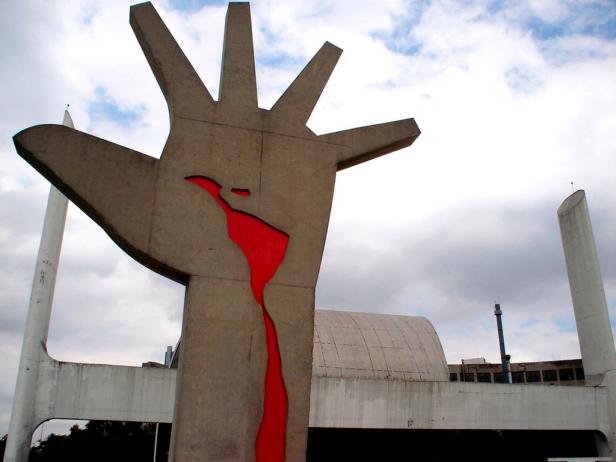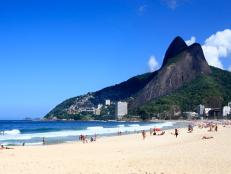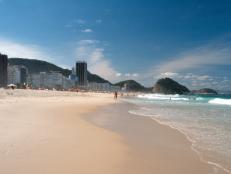São Paulo Off the Beaten Path
Explore Sao Paulo off the beaten path.

Herbert Kajiura, flickr

Paulisson Miura, flickr

Rodrigo Soldon, flickr

Thinkstock

Rodrigo_Soldon, flickr

Fernando Oliveira, flickr

Kalexander2010, flickr
While they may lack some of the flash and glamour of the more renowned Rio samba schools, São Paulo’s schools take the tradition just as seriously -- and their rehearsals are no less exhilarating for it. Lots of tourists visit city champs Vai-Vai, located near Avenida Paulista, but underdog Tucuruvi always puts on a spectacular show of glitzy costumes and glittery floats during the big Carnival competition, and its out-of-the-way practice space makes for a more authentic samba experience.
Getting Around
Next Up
Costa Rica's Puerto Viejo Is a Great Off-the-Beaten-Path Pick
Less crowds and more fun on the Caribbean coast.
São Paulo Airport Guide
São Paulo's 2 airports -- Guarulhos and Congonhas -- are irksome at best and sheer transportation hell at worst. Here are tips to minimize the pain of using either airport.
Carnival in São Paulo
Samba your way into a São Paulo carnival parade. Find out why this city’s celebration rivals Rio’s carnival, and where you should go and do to experience the fun, over-the-top festival.
São Paulo’s Sexy Nightlife
Put on your best walking or dancin' shoes! We're about to take you on a exclusive bar-hopping tour of some of the hottest bars and clubs in São Paulo.
Carnival in Rio de Janeiro
Experience the greatest show on Earth in Rio de Janeiro. Get the inside scoop on the city's epic Carnival celebration, including what you should know about the hottest Carnival parades and balls.
Ipanema Beach, Brazil
Trendsetting Ipanema has a long tradition of dictating beach chic to the rest of the world.
Copacabana, Brazil
Copacabana, often referred to as the world's most famous beach, runs for 3 miles along the densely populated residential area of Rio de Janeiro.
Best Beaches in Brazil’s São Paulo State
Experience the impressive beaches of Brazil's São Paulo state.
Rio's Best Beaches
Don Your Speedo, These Rio Beaches Await!
Samba Your Way Through Brazil
Check out dancer Jaycee Gossett's travel guide for Brazil.








































